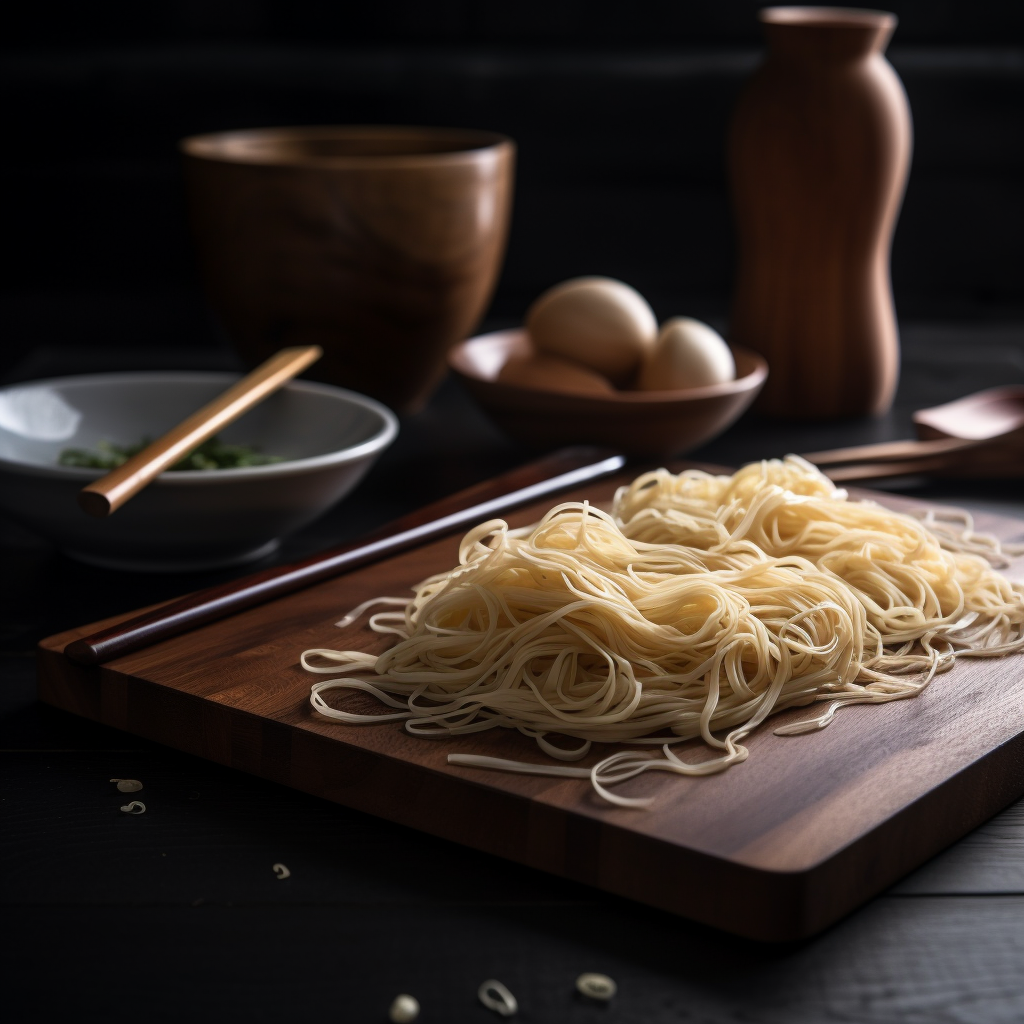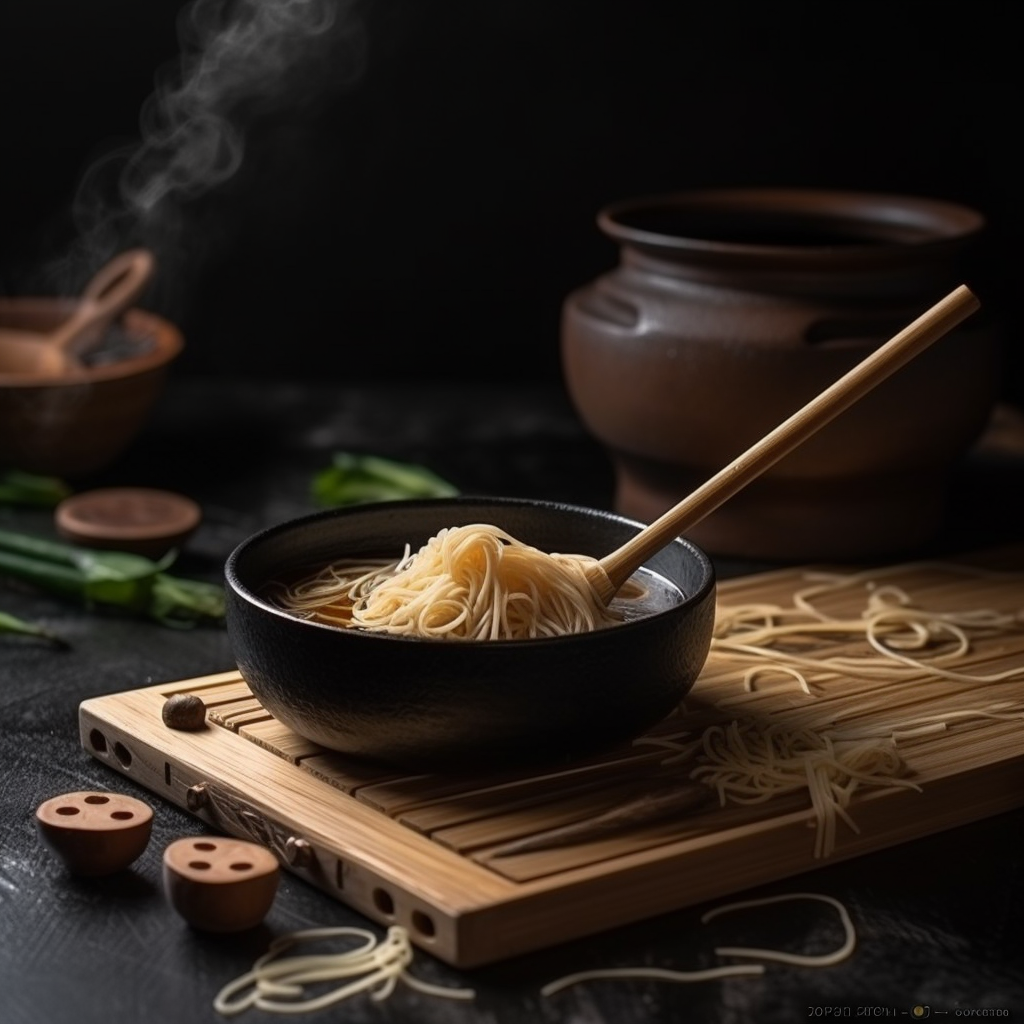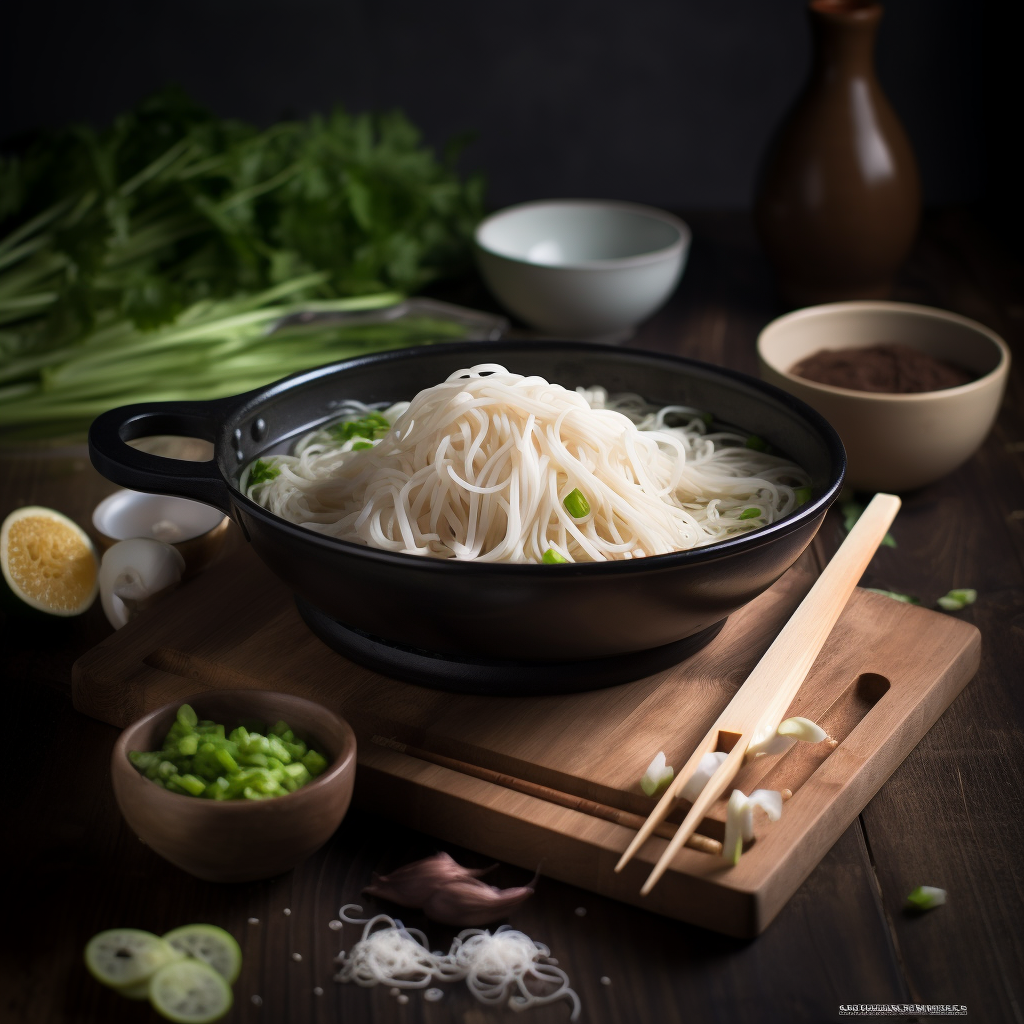It’s Austin here from Beyond The Bayou Blog , back with another tasty treat straight from my kitchen to yours. Today, I’m excited to share one of my all-time favorites: Somen noodles. These delicate strands of goodness are a staple in Japanese cuisine, and let me tell ya, they’re about to become a staple in your kitchen too. This recipe is really close to my heart as it revives the nostalgic memories of my childhood when I used to visit my granny’s house during my vacations and she used to feed me Somen noodles as she cook them really good.
Picture this: light, slurpable noodles, perfectly cooked and ready to soak up all the flavor you throw their way. Whether you’re craving something refreshing on a hot summer day or a quick and satisfying meal any time of year, somen noodles have got you covered.
And the best part? They’re versatile as can be. So, grab your chopsticks and get ready to dive into a bowl of pure comfort. Trust me, once you try this dish, you’ll be hooked. Let’s get cooking’! Wanna try more such Japanese dishes go for Japanese Pork Curry or Eel Sushi.
What Are Somen Noodles?
Somen noodles are incredibly thin Japanese noodles crafted from wheat flour, water, and salt. To make them, the dough is stretched to create ultra-thin noodles, which are then left to air-dry.
After cooking the noodles, it’s essential to rinse them thoroughly under cold water using a sieve. For serving, somen noodles are typically accompanied by ice to maintain their cool temperature.
Overview: How To Cook Somen Noodle ?

Let’s begin giving a brief to the simple somen noodle. First up, cook your somen noodles according to the instructions on the package. Once they’re perfectly cooked, give them a good drain and rinse under cold water to stop the cooking process and cool them down.
Now, it’s time to amp up the flavor! In a big bowl, mix together all the other tasty ingredients. Then, toss in those cooled noodles and gently stir until every strand is coated in that delicious sauce.
To serve up this delightful noodle salad, get creative! Add in your favorite fresh veggies for some crunch and color, and don’t forget a protein boost like teriyaki tofu or your protein of choice.
And there you have it – a refreshing, flavorful dish that’s as easy to make as it is to enjoy. Perfect for a quick weeknight dinner or a tasty packed lunch. Let’s dig in!
Sensational Somen Noodle Recipe
Equipment
- Large pot for cooking noodles
- Colander or sieve for draining noodles
- Large mixing bowl
- Serving plates or bowls
Ingredients
- 7-8 ounces Somen noodles
- 1,1/2 tbsp sugar
- 2 tbsp sesame oil
- vegetables such as cucumber, carrots, cabbage
- 4 tbsp soy sauce
- 1/2 to 1 tsp salt
- Easy Teriyaki Tofu
Instructions
- Cook somen noodles according to package instructions.
- Drain and rinse noodles under cold water.
- In a large bowl, mix together remaining ingredients.
- Add cooked noodles to the bowl and gently coat with sauce.
- Serve noodle salad with fresh vegetables and preferred protein.
Notes
Nutrition
Time For The Tips!
- Texture Matters: For a satisfying dish, ensure your somen noodles are cooked just right – al dente is key here. Overcooked noodles can become mushy and lose their bite.
- Sauce Consistency: Adjust the sauce ingredients to your taste preference. If you prefer a thicker sauce, reduce the amount of soy sauce and sesame oil. Conversely, if you like it saucier, feel free to add a bit more of these ingredients.
- Chill Out: After rinsing the noodles, let them chill in the fridge for a bit. Cold noodles not only taste refreshing but also help the flavors of the sauce to meld together.
- Get Creative with Veggies: Don’t be afraid to experiment with different fresh vegetables. Thinly sliced bell peppers, snap peas, or radishes can add crunch and color to your salad.
- Protein Power: While teriyaki tofu is a tasty option, feel free to mix it up with grilled chicken, shrimp, or even a fried egg for added protein and flavor diversity.
- Garnish Galore: Sprinkle some sesame seeds, chopped green onions, or cilantro on top for a final touch of flavor and visual appeal.
- Make-Ahead Magic: This salad can be made ahead of time and stored in the fridge for a few hours before serving. Just be sure to give it a good toss before serving to redistribute the sauce.
By keeping these tips in mind, you’ll be well on your way to creating a delicious somen noodle salad that’s sure to impress!
What to Serve with Somen Noodle?

Trying Some Variations with This Recipe!
- Protein Variations:
- Instead of teriyaki tofu, try grilled shrimp or salmon for a seafood twist.
- Use shredded rotisserie chicken or thinly sliced beef for a meaty option.
- Experiment with different types of tofu such as smoked tofu or marinated tofu for added flavor.
- Vegetable Variations:
- Swap out the suggested vegetables for your favorites, such as bell peppers, snap peas, or bean sprouts.
- Add some leafy greens like spinach or kale for extra nutrients.
- Incorporate pickled vegetables like radishes or pickled ginger for a tangy kick.
- Sauce Variations:
- Adjust the sweetness and saltiness of the sauce by tweaking the amount of sugar and soy sauce to your taste.
- Add a squeeze of lime or a splash of rice vinegar for a touch of acidity.
- Stir in some minced garlic or grated ginger for added depth of flavor.
- Garnish Variations:
- Top your somen noodle dish with toasted sesame seeds, chopped green onions, or fresh cilantro for a burst of freshness.
- Sprinkle some furikake (Japanese seasoning) or crushed peanuts for extra crunch.
- Drizzle with a bit of sriracha or chili oil for those who like a bit of heat.
- Texture Variations:
- For a heartier dish, toss in some cooked edamame or crispy tofu skin (aburaage).
- Incorporate some crunchy toppings like tempura scraps (tenkasu) or fried shallots for added texture.
- Add a dollop of creamy peanut butter or tahini to the sauce for a silkier consistency.
By experimenting with these variations, you can customize your somen noodle dish to suit your taste preferences and dietary needs. Enjoy getting creative in the kitchen!
Frequently Asked Questions (FAQs)
Q: Can I use soba noodles instead of Somen noodles?
A: Yes, absolutely! Soba noodles will work well in this recipe too. Just follow the cooking instructions on the package.
Q: Can I make this recipe ahead of time?
A: Yes, you can prepare the noodle salad ahead of time and store it in the refrigerator. Just be sure to give it a good toss before serving to redistribute the sauce.
Q: Why to use a low-sodium soy sauce?
A: Using low-sodium soy sauce is recommended to control the saltiness of the dish. However, you can use regular soy sauce if that’s what you have available.

